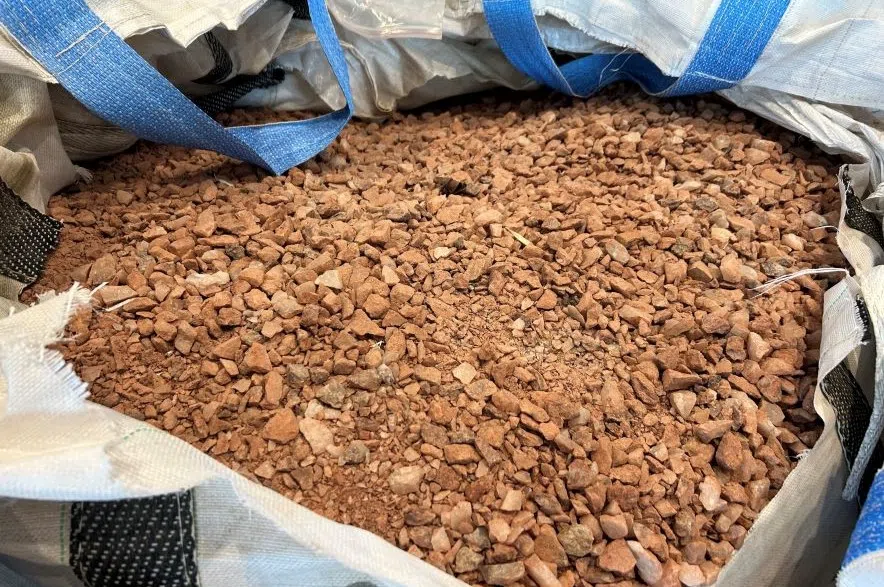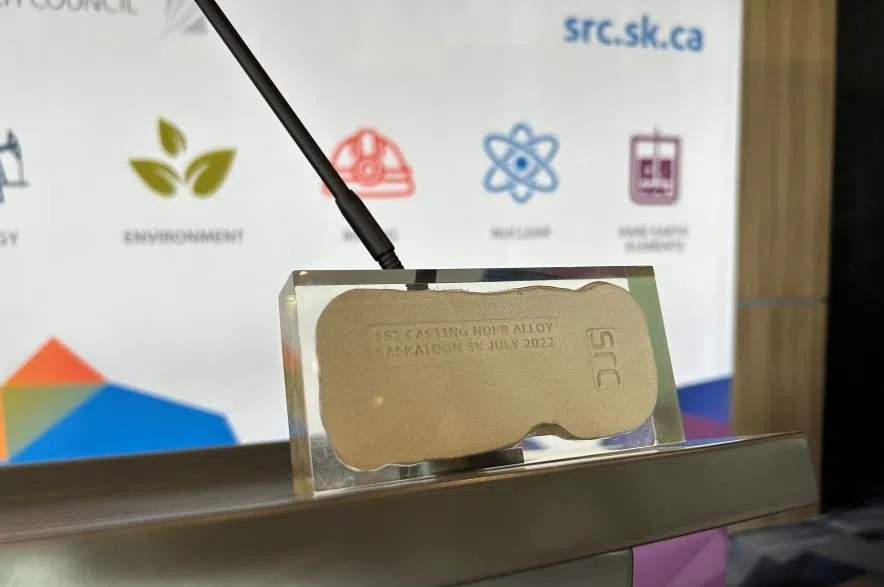The Saskatchewan Research Council has secured a large government investment to help develop its rare earth processing facility in Saskatoon.
Jonathan Wilkinson, Canada’s minister of energy and resources, announced on Wednesday that the research council will be getting more than $16 million from PrairiesCan to continue the construction of the facility. That’s in addition to the $13.5 million PrairiesCan previously invested into the project.
READ MORE:
- Saskatchewan’s rare earth facility takes another step forward
- EXCLUSIVE: Saskatoon’s Vital Metals liquidates assets amid bankruptcy
- New agreement means SRC expects to produce 400 tonnes of rare earths annually
The new funding will help the research council establish the cutting edge facility – the only one of its kind in the country – and work towards new rare earth mineral processing technologies.
The research council will also use the new funding to acquire bastnaesite – one of the largest sources of rare earth elements – from Canadian sources. The material will be used to create a mixed rare earth product that will be smelted into ingots, which can then be used to make strong magnets that are used in electric vehicles, wind turbines and everyday electronics. One ingot can help create enough batteries for as many as five electric vehicles.

A large bag of bastnaesite at the Saskatchewan Research Council’s Saskatoon facility. (Payton Zillich/650CKOM)
Dan Vandal, minister responsible for PrairiesCan, said the investment will provide benefits to all Canadians.
“Investing in regional strengths like mining, exploration and mineral processing helps us build a strong path to a sustainable future for all Canadians,” said Vandal.
According to the minister, the Saskatoon processing facility “plays an important role in our government’s plan to establish a domestic rare earth supply chain that grows our economy and creates great jobs for Canadians.”
The research council’s plan to help with job growth includes a collaboration with a local school to create a training program for Indigenous students. They will learn how to operate bastnaesite-processing equipment, and the research council aims to provide many jobs to young Indigenous workers looking to get into the mining and resource industries.
Wilkinson said the facility will also help make Canada less dependent on China and other foreign rare earth producers.
“Critical minerals are the natural gas of the future in the sense that they are going to be integral to a whole range of products that we need,” Wilkinson said.
“We cannot be fully dependent on China for that… We need to have systems that will allow us to process it here in Canada. So it’s (an) energy security issue, but it’s also a huge economic opportunity for Saskatchewan.”
The research council will also be working to create a public database of mineral characteristics, in order to help expand knowledge about critical mineral deposits and reduce mining waste.
Mike Crabtree, president and CEO of the Saskatchewan Research Council, said the facility will be up and running soon, “making the province a domestic rare earth technology hub and an essential part of Canada’s critical minerals supply chain.”
The research council said more updates on the project will be released in the coming months.











